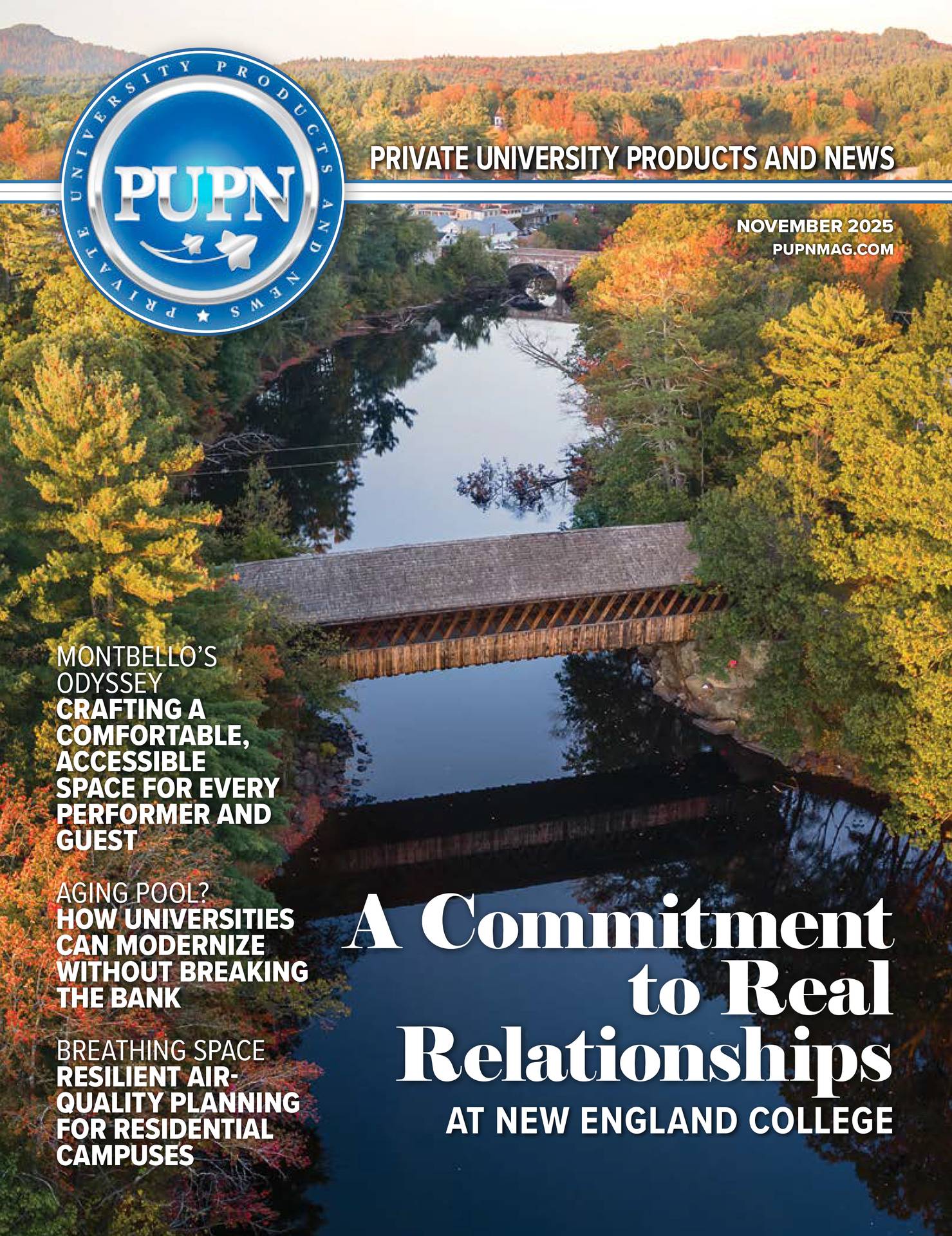Establishing Renovation Priorities
The decision to renovate should start with a complete facility assessment that evaluates current conditions against institutional needs, considering both immediate requirements and long-term goals.
Safety Compliance and Risk Mitigation
Safety forms the foundation of any renovation project. Universities face unique liability concerns due to diverse user populations—from competitive swimmers to recreational users and children in youth programs.
Start with drain covers and grates. Federal law requires anti-entrapment systems that prevent swimmers from becoming trapped by suction outlets. For aging facilities, installing compliant covers represents both a legal requirement and a fundamental safety priority.
Structural problems demand immediate attention. Cracks in pool shells and foundations worsen over time through freeze-thaw cycles and continuous water exposure. Traditional repairs—patching, painting, or replastering—often provide only temporary solutions that require frequent reapplication.
Modern pool lining systems offer a better solution. Reinforced PVC membrane linings create watertight barriers that span existing cracks and defects, effectively creating a new pool shell within the existing structure. This approach resolves leak issues, eliminates ongoing maintenance of traditional coatings, and extends facility lifespan without the cost and disruption of complete reconstruction.
For pools with aging and cracked concrete gutter systems, upgrading to stainless steel gutter systems provides superior durability and corrosion resistance while improving water circulation. Better water flow means improved water quality and reduced chemical needs—directly impacting both operating costs and user experience.
Financial Analysis: Capital Investment and Operating Efficiency
University leaders must evaluate renovation investments as decisions that impact operating budgets for decades. The true cost of facility ownership includes energy consumption, water usage, chemical treatment, maintenance labor, and eventual replacement costs.
Energy and Water Conservation
Operating expenses for university pools typically rank among the highest of any campus building due to extensive energy demands for heating, filtration, ventilation, and lighting.
Modern filtration systems can reduce water consumption by up to 80% compared to traditional pressure filters. These systems use optimized water flow and air-assisted cleaning to minimize the water lost during filter maintenance, translating to hundreds of thousands of gallons saved annually—a significant impact on both utility costs and sustainability goals.
Variable speed pumps represent another high-impact upgrade. Unlike single-speed pumps that run at constant maximum capacity, variable speed systems adjust to match real-time needs. This can reduce pump energy consumption by 50-70%, generating substantial utility savings while extending equipment life.
LED lighting offers some of the fastest payback periods of any renovation investment. Modern LED systems provide better light quality while consuming 60-75% less energy than traditional fixtures. For university pools operating extended hours, energy savings can offset installation costs within 2-3 years.
Maintenance Cost Reduction
Labor costs for pool maintenance represent a significant and growing expense. Renovation decisions that reduce maintenance requirements deliver ongoing benefits through reduced staffing needs, lower chemical usage, and decreased equipment repair expenses.
Non-porous pool lining materials eliminate the microscopic surface texture where algae and bacteria grow. Traditional plaster finishes create rough, porous surfaces that require aggressive brushing, acid washing, and elevated chlorine levels. Smooth membrane linings resist microbial growth and clean easily, dramatically reducing chemical consumption and maintenance labor hours.
Selecting durable materials for pool decks minimizes ongoing refinishing and repair cycles. Advanced deck surfacing systems that install over existing concrete, tile, or other surfaces provide long-lasting solutions that withstand heavy traffic while requiring only routine cleaning.
Grating systems around pools endure harsh conditions—constant moisture, chemicals, and heavy foot traffic. Traditional materials often crack, rust, or fall apart, requiring frequent replacement. Grating systems constructed from marine-grade polymer resist corrosion, maintain slip resistance, and never require refinishing. While initial costs may be higher, the elimination of ongoing maintenance provides better long-term value.
Maximizing Facility Use Through Flexible Design
For universities managing competing demands for limited pool time, renovation projects offer opportunities to increase capacity without expanding the physical footprint.
The Case for Moveable Bulkheads
Moveable bulkhead systems represent one of the most impactful renovation investments for optimizing pool use. These hydraulically or mechanically operated walls divide pools into separate, independent sections that can accommodate different activities simultaneously.
Consider the programming challenges facing a typical university with a single competition-length pool. Varsity swim teams need dedicated lane space for practice during prime morning and evening hours. Physical education classes need shallow water for instruction. Campus recreation wants to offer lap swim, water aerobics, and open recreation simultaneously. Club water polo and synchronized swimming teams compete for practice time. Without the ability to section the pool, these activities must be scheduled sequentially, severely limiting participation and forcing programs into less desirable time slots.
A moveable bulkhead transforms this constraint by creating flexible pool configurations that adapt to daily programming needs. During varsity practice, the bulkhead might divide a 50-meter pool into 25-yard and 25-meter sections, allowing both sprint and distance training simultaneously. For recreational programming, it could isolate a shallow area for beginner swimmers while maintaining a deep section for diving. During competition periods, the bulkhead stores against the pool wall, creating the full racing course required for meets.
This flexibility generates measurable returns through increased program revenue, improved space utilization, and enhanced user satisfaction. Universities can expand enrollment in popular programs that previously faced capacity limits, accommodate rental requests from community groups, and eliminate scheduling conflicts.
From a competitive athletics perspective, bulkheads enable training configurations that support diverse race distances and stroke specializations within single practice sessions. This proves particularly valuable for universities supporting both men’s and women’s teams or combined varsity and club programs sharing facilities.
Installation requires careful evaluation of existing pool structures. The systems need adequate deck space for storage, structural supports capable of handling water pressure, and compatibility with gutter systems. However, for universities with pools of sufficient size, the programming benefits typically justify the investment.
Long-Term Planning: Building for the Future
Effective renovation projects look beyond immediate needs to position facilities for evolving institutional priorities. This forward-thinking approach recognizes that major renovations occur infrequently—typically once every 20-30 years—and must serve the institution across multiple planning cycles.
Designing for Future Flexibility
Pool programming trends continue to evolve. Traditional lap swimming and competitive athletics remain important, but universities increasingly recognize aquatic facilities as venues for wellness programs and community and student engagement.
Accessibility features represent both legal requirements and institutional values. Beyond basic compliance, thoughtful renovations incorporate pool lifts, transfer platforms, and sloped access areas that enable inclusive programming and support therapy programs, adaptive physical education, and multigenerational community programs.
Building infrastructure that accommodates future system upgrades—adequate mechanical room space, flexible plumbing configurations, and modern control interfaces—prevents facilities from becoming outdated and enables technology adoption as budgets allow.
Sustainability and Institutional Goals
Most universities have adopted sustainability commitments that impact facility planning. Pool renovations offer substantial opportunities to advance these goals while reducing operating costs.
Solar thermal systems for pool heating provide emission-free water heating. While initial costs exceed conventional gas heaters, eliminating ongoing fuel costs and minimal maintenance requirements generate attractive payback periods.
Heat recovery systems capture waste heat from refrigeration equipment, data centers, or other campus sources to offset pool heating demands. These systems convert waste streams into valuable energy resources, often with minimal additional cost when incorporated into larger infrastructure projects.
Water conservation extends beyond filtration efficiency. Low-flow fixtures in locker rooms, recirculation systems for deck showers, and automated water level controls minimize fresh water consumption—supporting both environmental goals and budget management.
Implementation Considerations for Campus Environments
University pool renovations present unique challenges. Academic calendars, student housing patterns, and competing facility demands require careful project scheduling.
Minimizing Program Disruption
Most universities cannot completely shut down aquatic facilities for extended periods without severely impacting programs. Successful projects require creative approaches that maintain some level of service throughout construction.
Summer break periods offer obvious construction windows, but comprehensive renovations often require multiple seasons. Phased approaches might address one section during summer months, a second section during winter break, and complete remaining work the following summer. While this extends total project duration, it maintains program continuity.
Some renovations can proceed while pools remain partially operational. Mechanical system upgrades and deck renovations might proceed with pools sectioned off but still functional. Work requiring pool drainage—shell repairs, lining installations, or gutter replacements—necessitates complete closure.
Coordination with Campus Planning
Pool renovations rarely occur in isolation. Effective projects align with improvements to locker rooms, spectator areas, and building systems. Coordinating pool work with HVAC replacements or accessibility improvements maximizes efficiency and minimizes costs.
Making the Decision: Renovation Versus Replacement
Not every ageing pool represents a viable renovation candidate. Leaders must honestly assess whether renovation serves long-term needs or merely postpones inevitable replacement.
Pools with sound structural foundations, adequate size for programming needs, and well-integrated locations into campus typically present strong renovation opportunities. The decision becomes more complex for facilities with fundamental design limitations—insufficient depth, obsolete configurations, or remote locations.
A comprehensive cost-benefit analysis should compare renovation expenses against new construction costs while accounting for operational differences. New facilities typically incorporate more efficient systems and require less maintenance initially, but renovation leverage existing infrastructure and often proceed more quickly through permitting processes.
Beyond financial analysis, qualitative factors matter. Historic or architecturally significant facilities may warrant preservation. Conversely, pools that have become functionally obsolete may better serve institutional needs through replacement and site repurposing.
University aquatic facilities represent substantial investments serving diverse institutional priorities over many decades. As these facilities age, strategic renovation projects offer pathways to extend useful life, improve efficiency, and adapt to evolving programming needs—often at a fraction of new construction costs.
Successful renovations require comprehensive assessment of safety and compliance requirements, careful financial analysis balancing capital investment against operational savings, and thoughtful consideration of how design modifications can enhance facility use. Moveable bulkheads, high-efficiency mechanical systems, durable materials, and sustainable technology represent high-impact investment areas that deliver measurable returns.
By approaching pool renovation as a strategic planning process rather than simply a maintenance necessity, university leaders can make informed decisions that optimize limited resources while ensuring aquatic facilities continue serving campus and community needs for generations to come.










